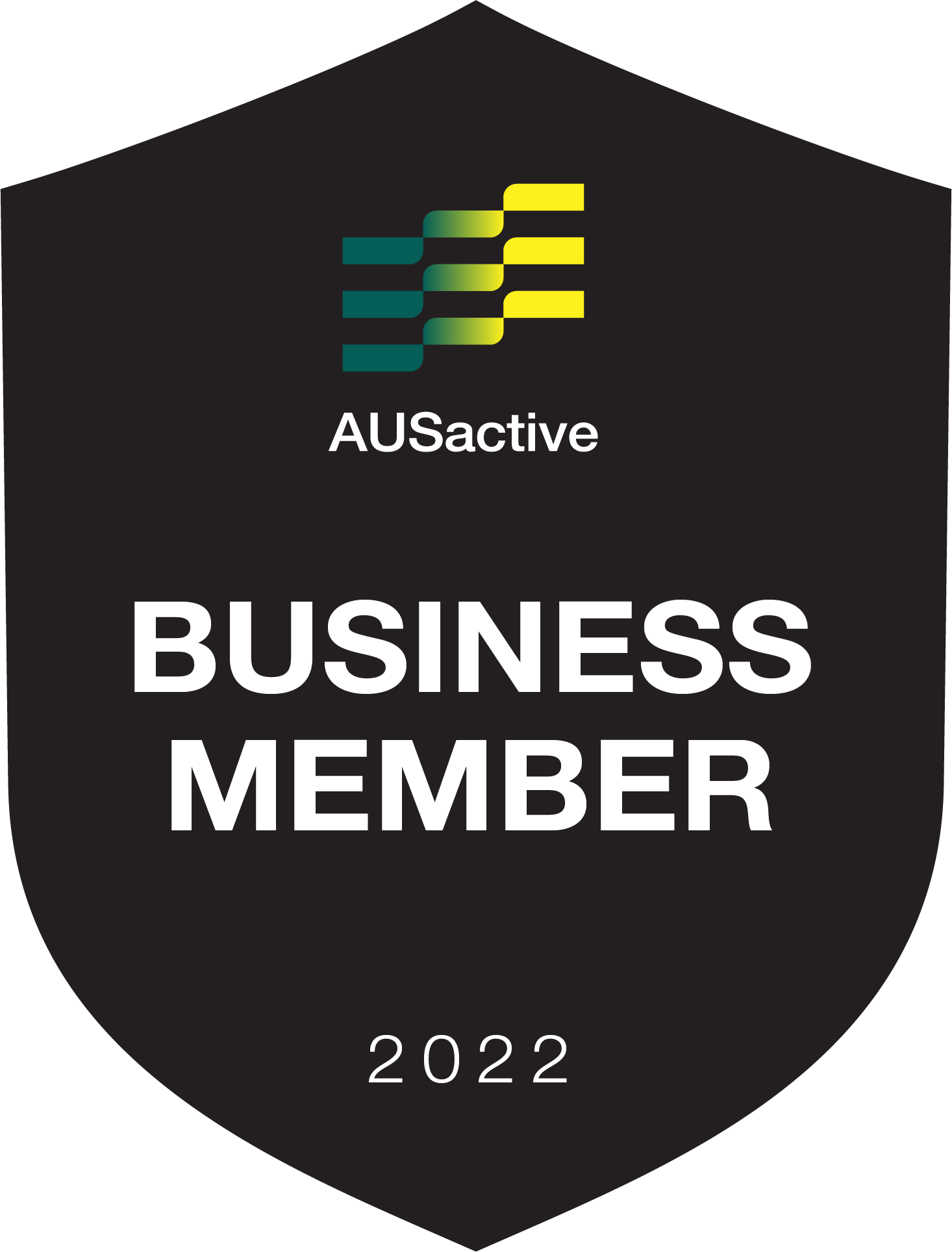Powerlifting is the ultimate test of upper body strength and can sometimes see athletes lift more than three times their own body weight!
It is open to male and female athletes with the following eight (8) eligible physical impairments (impaired muscle power, impaired passive range of movement, limb deficiency, leg length difference, short stature, hypertonia, ataxia, and athetosis) with a range of physical disabilities, including (Cerebral Palsy, Spinal Cord injuries, Lower Limb Amputation, poliomyelitis), who meet the current minimal eligibility criteria and can perform, safely and appropriately, according to the World Para Powerlifting rules. All eligible athletes compete in one sport class, but in different weight categories.
The bench press is the sport’s single discipline, with 10 different categories based on body weight. Competitors must lower the bar to the chest, hold it motionless on the chest and then press it upwards to arms length with locked elbows. Athletes are given three attempts and the winner is the athlete who lifts the highest number of kilograms.
Competition description
Men compete in the 49kg, 54kg, 59kg, 65kg, 72kg, 80kg, 88kg, 97kg, 107kg and +107kg divisions.
Women compete in the 41kg, 45kg, 50kg, 55kg, 61kg, 67kg, 73kg, 79kg, 86kg and +86kg divisions.
In powerlifting, male and female athletes assume a supine position on a specially designed bench, and after taking or receiving the bar at arms length, the lifter shall wait with locked elbows and the bar under control for the Chief Referee’s signal. After receiving the signal “start”, the lifter must lower the bar to the chest, hold it motionless (visible) on the chest and then press it upwards evenly, with an even equal extension of both the arms with locked elbows. When held motionless and controlled in this position, the audible signal “rack” shall be given and the bar is returned to the rack. Then an immediate decision shall be given by the three nominated international referees through a system of white and red lights. Two or more white lights signify a good lift and two or more red lifts reflect a no lift.
Each athlete has three attempts, and upon discretion of the jury a fourth attempt may be allowed to achieve a new world record, but this attempt does not count towards the final competition result.
For further information, please visit the World Para Powerlifting Rules and Regulations Website.
How/where to compete in Australia:
Powerlifting Australia is the official body for Para Powerlifting in Australia.
The pathway to compete In Para powerlifting in Australia:
- Make an appointment with your doctor to see if you will be eligible to compete in para powerlifting
- Become a member of PA
- Come to a come and try day hosted by the Australian Paralympic Comitee (link here) or a Powerlifting Australia hosted Come and try day (need a link here for Pa ones)
- Start a training program under a supervised coach/mentor
- Pick an affiliated competition that offers Para Powerlifting
Competition pathway in Australia to compete internationally:
- Become a member of PA
- Gain competition experience at an affiliated Powerlifting Australia contest that offers Para pow
- Compete at the Australian National Para Powerlifting Competition to receive a MQS (Minimum Qualifying Standard) then:
- allowing you to compete internationally
- eligible to complete at a Commonwealth Games, World Championship or Paralympic Games, pending all criteria has been met
Equipment
World Para Powerlfiting approved discs must conform to a number of standards outlined in the sport’s rules and regulations. Athletes compete lying on an official World Para Powerlifting approved bench which is 2.1m long. The width of the bench is 61cm wide, and narrows to 30cm where the head is placed. The height of the bench varies between 48 and 50cm from the ground.
History
In 1964 “Weightlifting” made its debut at the Tokyo Paralympic Games and featured just men with spinal cord injuries. Over the following years the sport and began to include other disability groups and incorporate rules similar to those of Powerlifting competitions for able bodied athletes.
In 1992 it was decided that the Paralympics should only feature powerlifting as opposed to weightlifting. The resulting Barcelona Games saw athletes from 25 countries compete for medals.
By the 1996 Atlanta Games this number had increased to 58, and by 2000, the year women first competed in Paralympic Powerlifting, the sport was practiced on all five continents.
Today the sport boasts hundreds of athletes from more than 110 countries.
At the Rio 2016 Games, 180 athletes competed in 20 medal events.
In 2016, IPC Powerlifting was renamed and rebranded to World Para Powerlifting.
Growth of Weightlifting at the Paralympic Games
| Year | Countries | Events | Male | Female | Total |
|---|---|---|---|---|---|
| 1964 | 10 | 4 | 18 | 0 | 18 |
| 1968 | 13 | 4 | 28 | 0 | 28 |
| 1972 | 18 | 6 | 46 | 0 | 46 |
| 1976 | 16 | 6 | 43 | 0 | 43 |
| 1980 | 18 | 11 | 58 | 0 | 58 |
| 1984 | 6 | 7 | 16 | 0 | 16 |
| 1988 | 16 | 9 | 52 | 0 | 52 |
| 1992 | 25 | 10 | 106 | 0 | 106 |
| 1996 | 56 | 10 | 141 | 0 | 141 |
| 2000 | 67 | 20 | 166 | 92 | 257 |
| 2004 | 69 | 20 | 150 | 79 | 229 |
| 2008 | 74 | 20 | 121 | 82 | 203 |
| 2012 | 61 | 20 | 113 | 80 | 193 |
| 2016 | 60 | 20 | 100 | 80 | 180 |
[Source Paralympic.org]
Affiliated Para Powerlifting Clubs
National Strength Performance Center

Brisbane North Barbell

Whit Sundays







